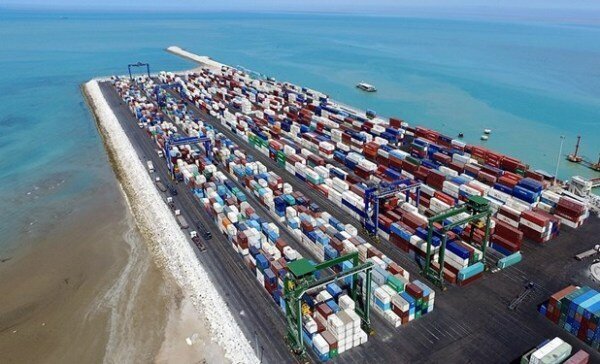Iran taking big steps for development of free trade, special economic zones

TEHRAN – Over the past two decades, free and special economic zones have played a significant role in Iran’s economy, and the Iranian government has been seriously pursuing a program for the development of the existing zones and establishing new ones.
According to Morteza Bank, the former secretary of Iranian Free Zones High Council, over 40 percent of Iran’s exports are done through the country’s free trade zones and special economic zones and $169 billion worth of commodities have been exported from these areas in the past seven years.
Development of the mentioned zones became more significant since the re-imposition of U.S. sanctions on the Iranian economy in November 2018, as the Islamic Republic started reducing dependence on oil incomes while elevating its domestic production and non-oil exports.
Although the sanctions have disrupted Iran’s economic activities, they could not impede the development of Iranian free trade and special economic zones; in fact, the development of these zones has been even accelerated.
Earlier on Thursday, President Hassan Rouhani inaugurated 94 development projects worth 60 trillion rials (about $1.42 billion) in the country’s free trade and special economic zones through a video conference.
Covering a variety of fields including tourism, oil and gas, industry, production, renewable energies, and power plants, fisheries, and agriculture, the mentioned projects were put into operation in Qeshm, Chabahar, Aras, Arvand, Salafchegan, and Payam zones.
This was the fourth series of inaugurations in the country’s free trade and special economic zones since the previous Iranian calendar year (ended on March 20).
In the previous three rounds of inaugurations in the country’s free and special economic zones, 163 projects with a total investment of 340 trillion rials (about $8.095 billion) had been inaugurated.
The measures taken by the government for the development of the mentioned zones have been paying off significantly so that despite the negative impacts of the U.S. sanctions and the coronavirus pandemic, the trade balance of the mentioned zones has stayed positive in recent years.
In late April, the Secretary of Iranian Free Zones High Council Hamidreza Mo’meni announced that the trade balance of the country’s free and special economic zones has been positive in the past two years despite the negative balance of the country's foreign trade.
Today, the free zones are in a good condition and positive development measures have been taken which have led to significant growth in these zones, the official said.
He further announced the establishment of a finance council in the Iranian Free Zones High Council, saying that soon advisory groups will be sent to all of the country’s free zones and the zones can access sustainable financial resources for implementing new development programs.
According to the official, the country’s free and economic zones should become more productive in order to be able to fund their own development projects in the future.
The establishment of free trade zones in Iran dates back to the Iranian calendar year 1368 (March 1989- March 1990) following the fall in the country’s oil income in the preceding year which prompted the government to promote non-oil exports.
The first two free trade zones of Iran were established in the south of the country. The first one was Kish Free Trade Zone established in 1368 on Kish Island in the Persian Gulf and the second one was Qeshm Free Trade Zone established the year after on Qeshm Island in the Strait of Hormuz.
Some five other free trade zones have been also established in the country since then, including Chabahar in southeastern Sistan-Baluchestan Province, Arvand in southwestern Khuzestan Province, Anzali in northern Gilan Province, Aras in East-Azarbaijan Province, and Maku in West-Azarbaijan Province, both in the northwest of the country.
EF/MA
Leave a Comment